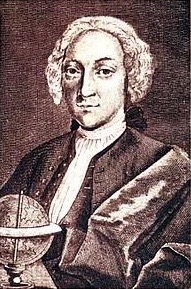On April 5, 1722, Dutch explorer Jacob Roggeveen was the first European to discover one of the strangest and most enigmatic places on Earth: Easter Island. The island, also known as Rapa Nui, was covered in giant stone heads carved by some ancient people for an unknown purpose.
Roggeveen’s father was a scholar who wanted to be an explorer, but he never managed it. Roggeveen himself began his time as an explorer at the unusually old age of 62. Having spent his life in a political job and frequently mired in religious controversy, he decided to take up his father’s failed dream after he retired. So after securing financial backing, he set out for the unknown parts of the Pacific Ocean.
Approximately 1,500 miles into the unknown region, Roggeveen sighted the coast of an unknown island. Because it was Easter Sunday, he named it “Easter Island.” First contact with the inhabitants of the island did not go well, and there were several deaths. Nevertheless, Roggeveen soon set off to explore the island. What he found still baffles scholars to this day.
Giant stone heads covered the island. Roggeveen estimated that they were at least 30 feet tall. They were all carved in the same style, though they had obviously been carved over a long period of time. They served no obvious purpose.
The rest of the expedition did not go so well. One of Rogeveen’s ships was lost, and half of his men were ill. Then they were all imprisoned by a rival company paying for his expedition. Still, despite the bad ending, Roggeveen would gain lasting fame for the discovery of Easter Island.

